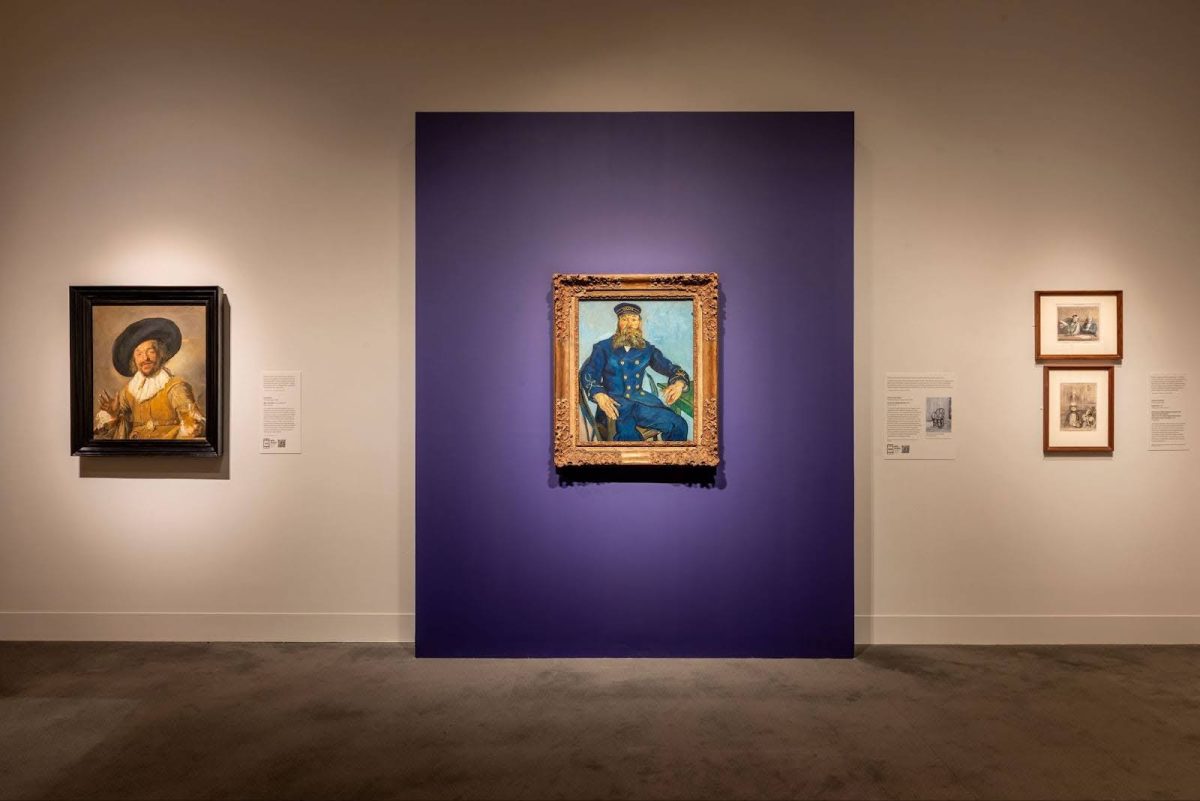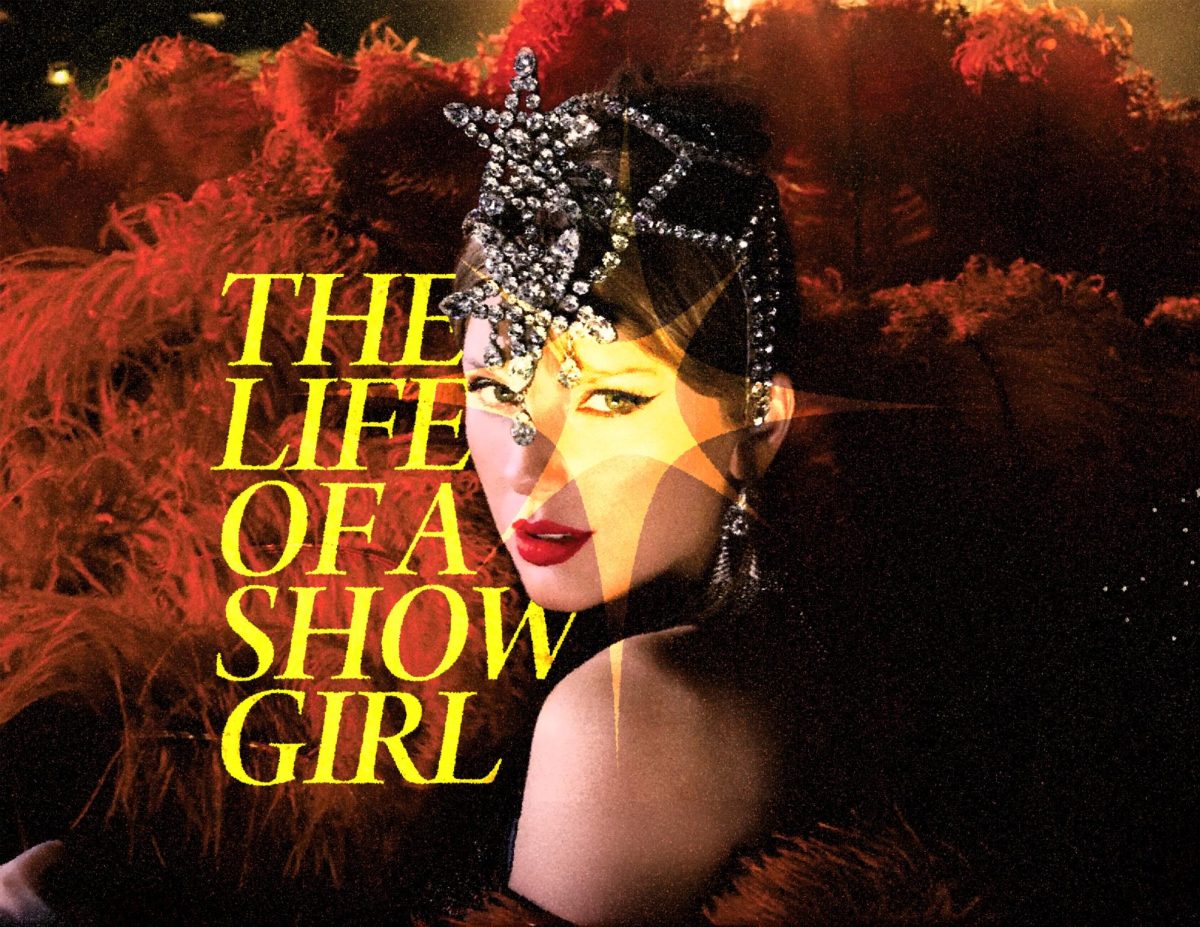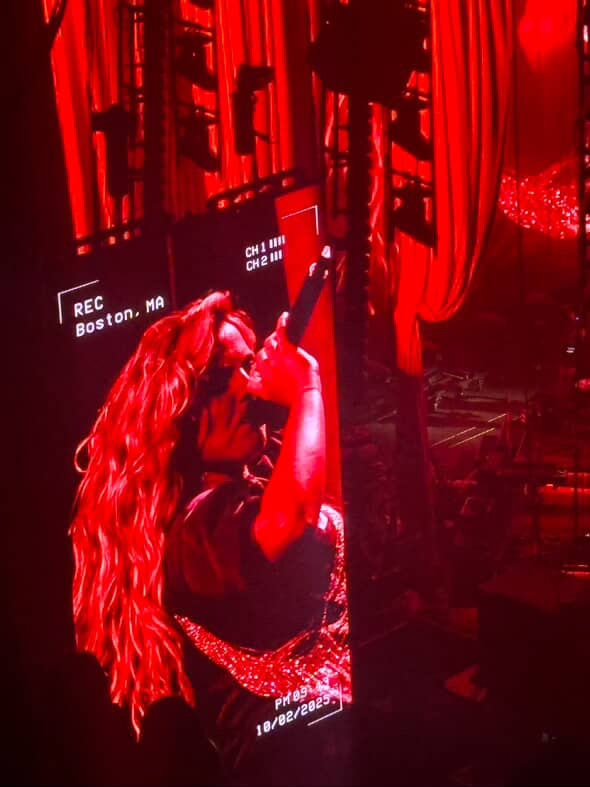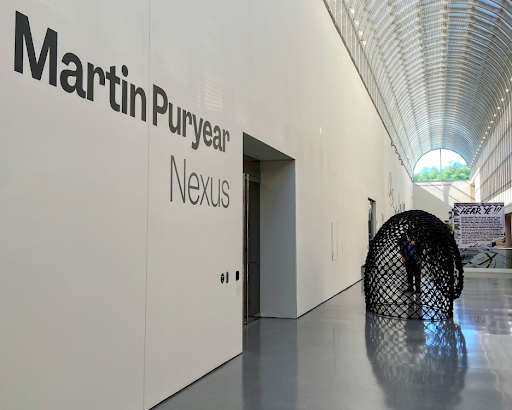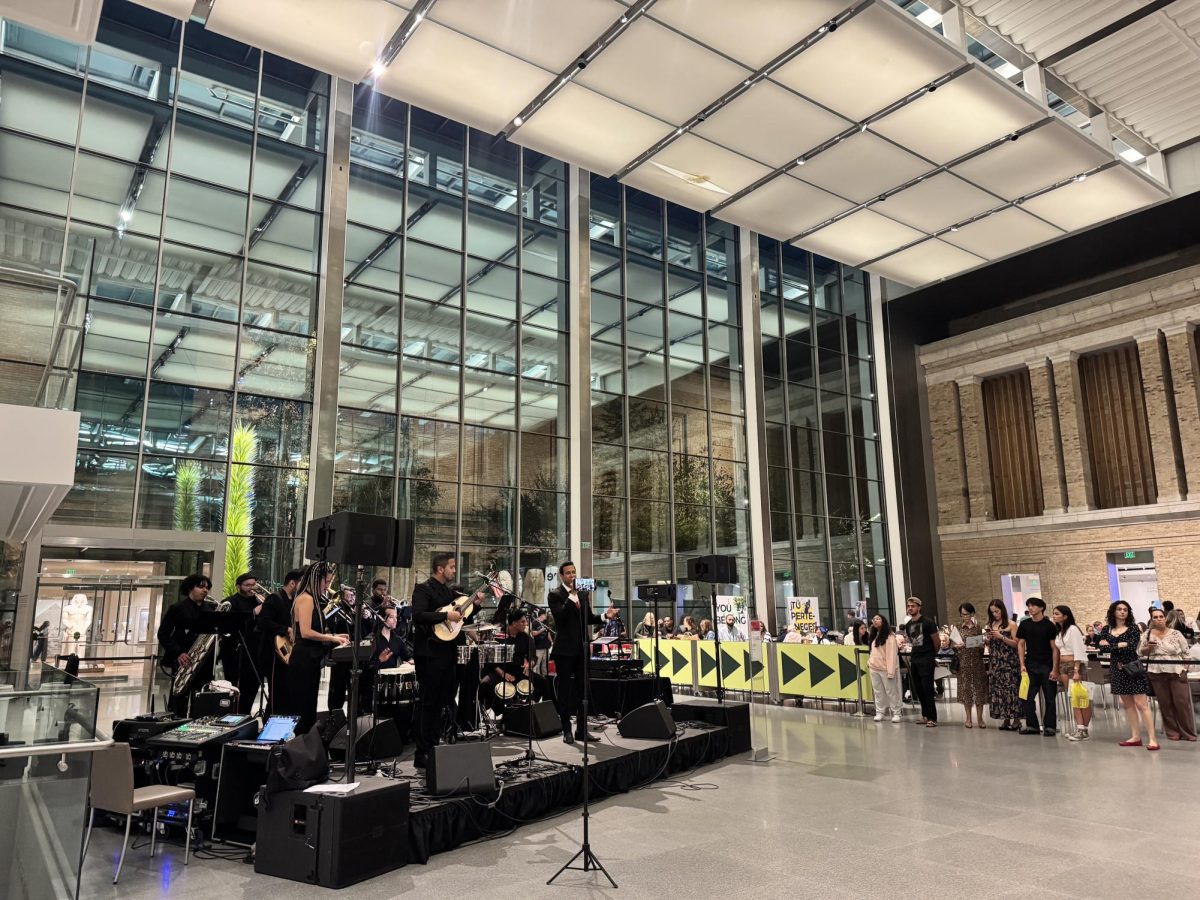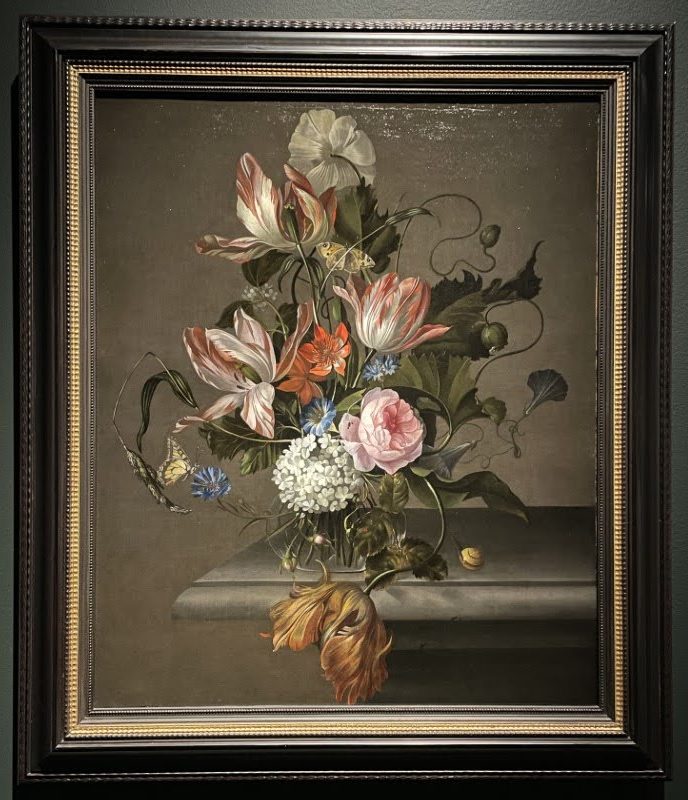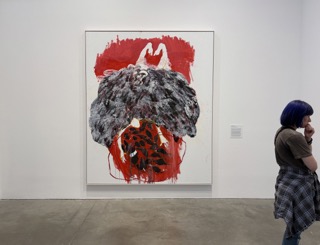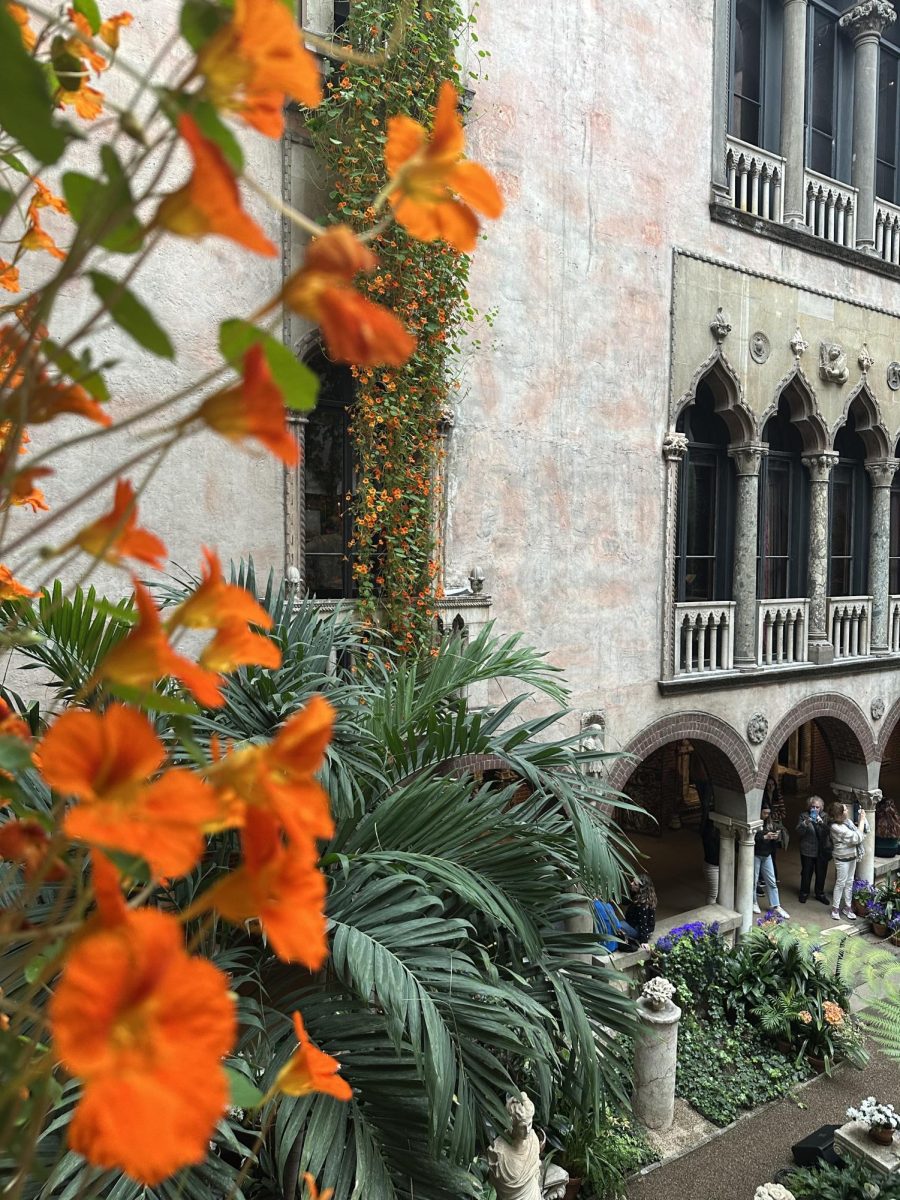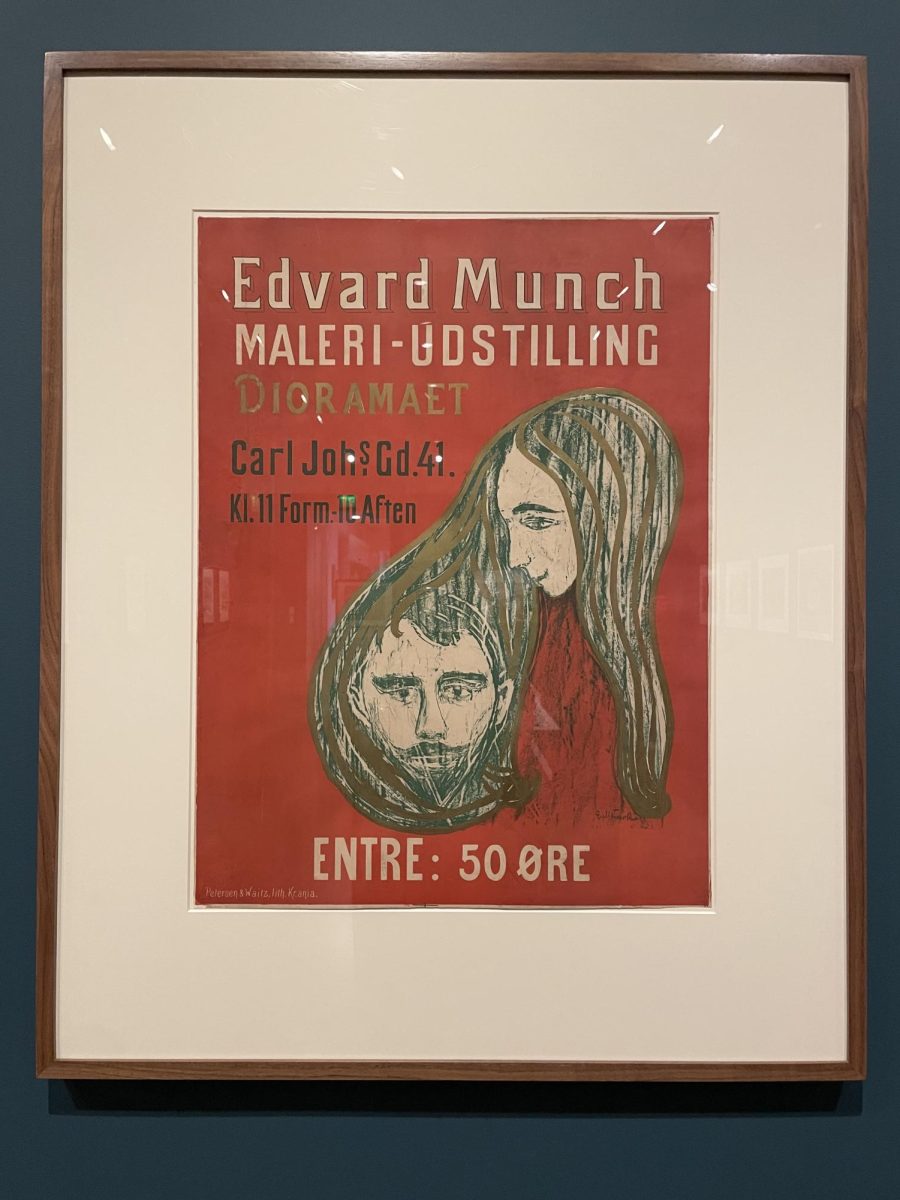The Museum of Fine Arts opened a new Van Gogh exhibit March 30, which featured some of Vincent Van Gogh’s most notable and iconic art pieces.
The exhibit titled “Van Gogh: The Roulin Family Portraits” is centered around the artwork Van Gogh made while living in Arles, France, from 1988 to 1989. During his time, he made a close bond and friendship with a neighboring family, the Roulins.
The Roulins consisted of Joseph Roulin, Augustine Roulin and their three children: Armad, Camille and Marcelle. The Roulins were a working-class family with Joseph Roulin working as a postman.
During this time, it was common for artists to focus on royals and aristocrats as the subjects of their art. This is what makes Van Gogh’s portraits unique: he focused on his friends and neighbors who were fellow workers.
The exhibit focuses on the portraits of the different members of the Roulin family and Van Gogh’s time in Arles. The Exhibit includes 14 of the 26 portraits Van Gogh created of the family and nine other iconic pieces.
The exhibit also includes work from earlier artists that inspired Van Gogh, including work from Dutch and Japanese artists. Upon entry of the exhibit, a replica of Van Gogh’s studio is available for people to walk through to see a glimpse of Van Gogh’s painting journey.
In that same section, the artwork is meant to describe Van Gogh’s experience of living in Arles. The artwork is reflective of the city where he found an intense connection and bond to the Roulin’s and where he spent two years of his life dedicated to his work.
Then you enter a section dedicated to Van Gogh’s best friend, Joseph Roulin and the portraits that center around him. The pair became very close in the summer of 1888, so Van Gogh was able to practice portraits on his newfound friend.
This section includes artwork such as “Postman Joseph Roulin” and earlier drawings of Joseph. This section also includes some of the inspirations of artwork Van Gogh used, including work from the Dutch artists Frans Hals and Adrian van Ostade. Both artists’ work dates back to the 17th century.
The third section is dedicated to Van Gogh’s portraits of the rest of the Roulin family. Van Gogh went on to paint 26 portraits of the different members of the family, including Augustine Roulin and the three solo portraits of their children.
In the next section, the theme was the letters to the postman. Ten letters were on display that Van Gogh and Roulin sent back and forth after Van Gogh was hospitalized for severing his ear. In this section, it is made clear that the relationship between the two men was not only a professional one, but also a deeply personal one. Roulin showed that he genuinely cared about Van Gogh’s well-being while in the hospital, and Van Gogh made sure to update his friend.
This section of letters puts the portraits in a different perspective. It makes the characters displayed in the paintings come to life.
The final section is dedicated to Van Gogh’s legacy after his death. This section showcases the iconic “Self Portrait” and “The Bedroom” paintings. This section also includes photographs of the Roulin family that were taken later, and they add another layer of personification to these paintings. The viewer is able to see the Roulin’s as Van Gogh saw them.
The MFA wanted to express more than just Van Gogh and put the spotlight on him. They wanted to express certain themes throughout the exhibit.
“The MFA’s permanent collection includes two portraits by Van Gogh of members of the Roulin family. These paintings were the starting point for the exhibition—getting to know these works of art better and focusing on the themes of family, friendship, and connection that they brought forth in studying Van Gogh’s life and work,” said Katie Hanson, the curator of the exhibit.
Hanson also expanded on what she wanted as the curator for people to feel when they walk through the exhibit.
“Van Gogh’s life and work are so well-known at this point that they’re sort of larger than life, or even legendary. My hope with this exhibition is to foreground the human story, on a human scale—to slow down, look closely and feel deeply with these paintings that were made at a pivotal moment in his life and career. It is a story about connection, about ways of communicating and belonging and creating community. Van Gogh found a lot of possibilities and hopefully those resonate for visitors,” said Hanson.
The exhibit will remain open until Sept. 7. Do not miss the chance to see these works of art for yourself before it’s gone.


